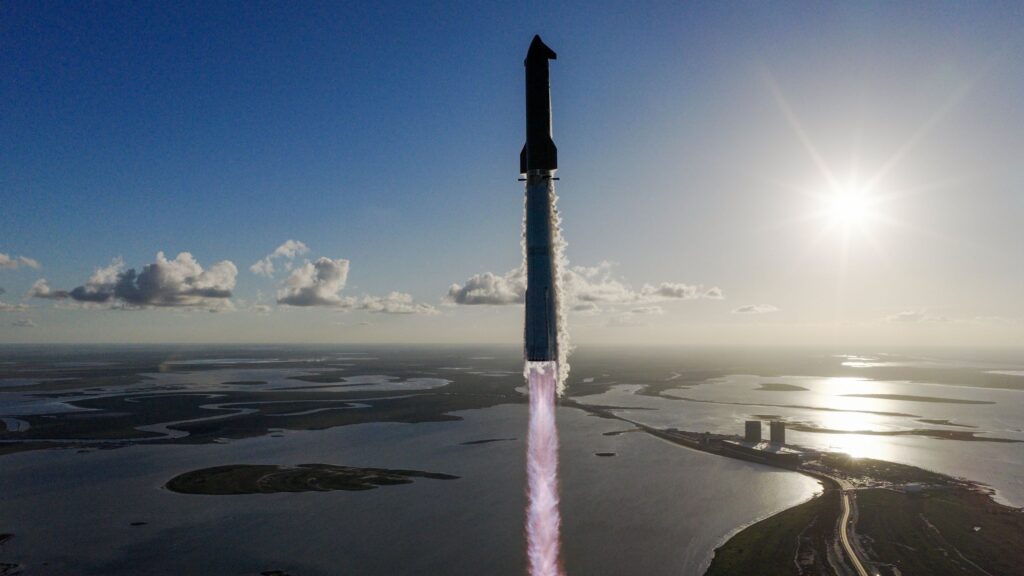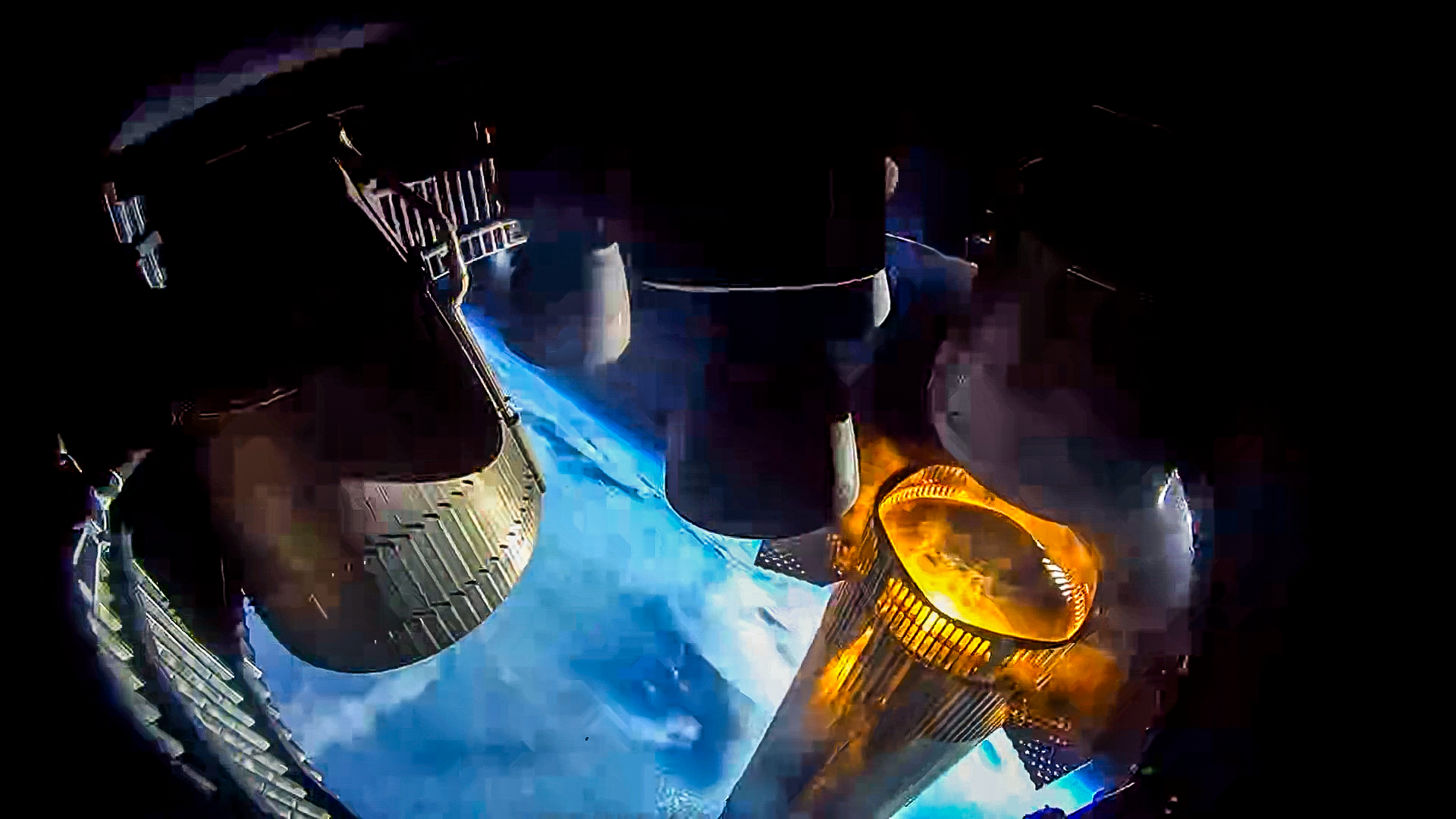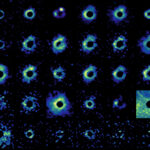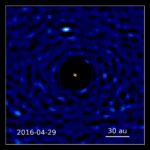Now Reading: 60 years ago, Ed White went out for walk | Space photo of the day for June 3, 2025
-
01
60 years ago, Ed White went out for walk | Space photo of the day for June 3, 2025
60 years ago, Ed White went out for walk | Space photo of the day for June 3, 2025
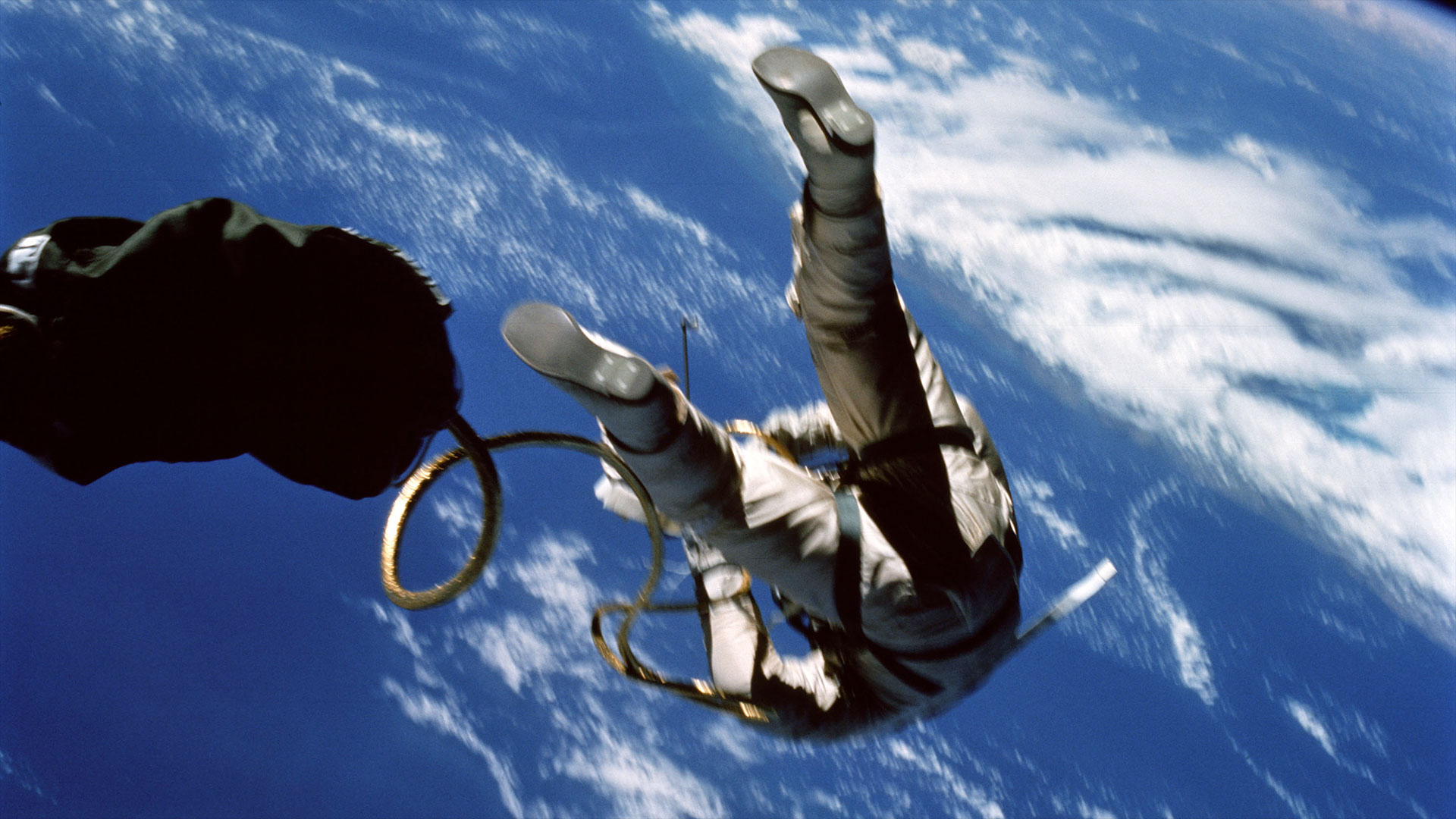
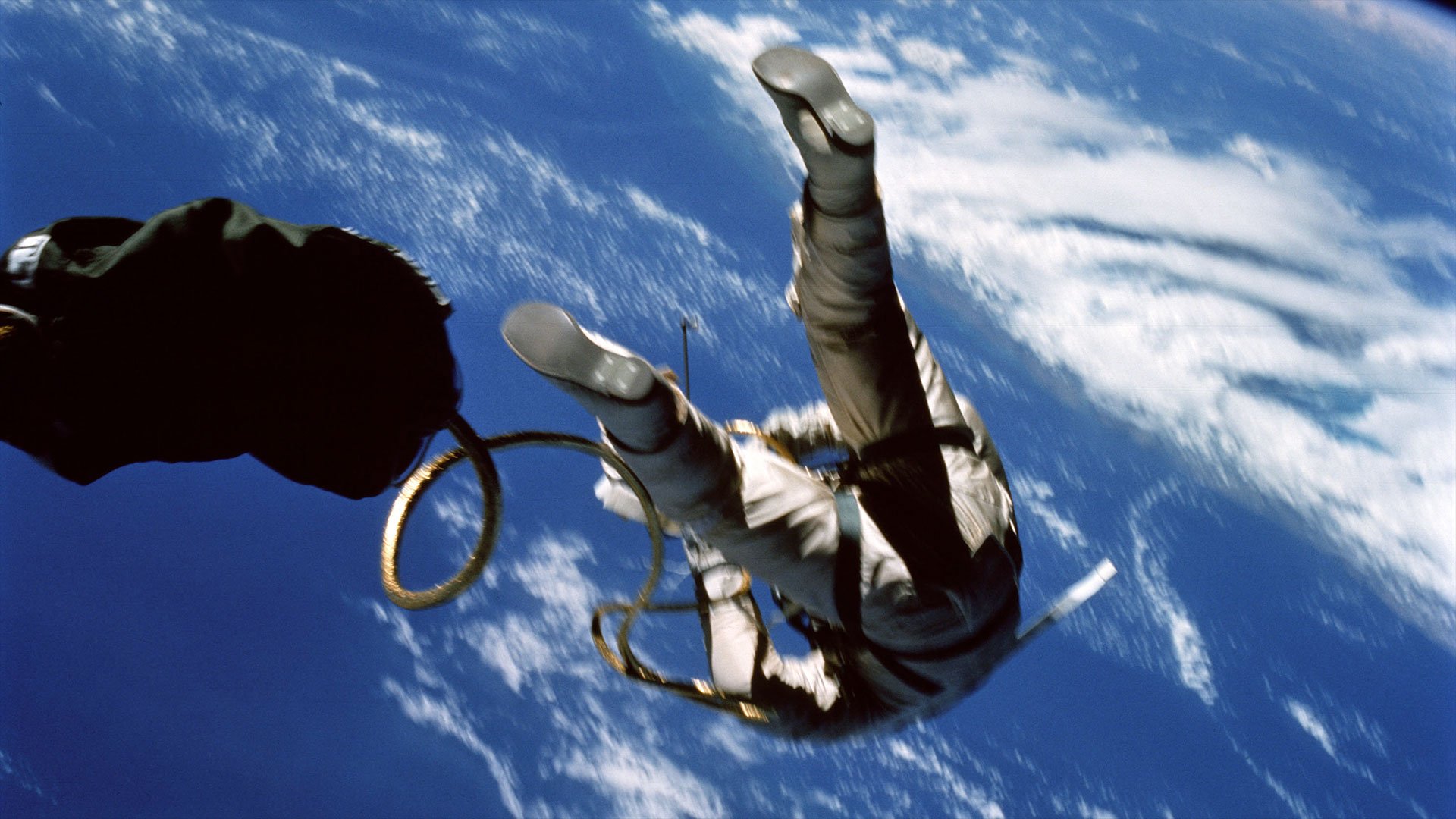
On this day (June 3) 60 years ago, a NASA astronaut stepped outside his Gemini spacecraft and made history as the first American to perform an extavehicular activity (EVA), or spacewalk.
What is it?
NASA astronaut Edward H. White II left his Gemini 4 capsule and crew mate Jim McDivitt for a 20-minute spacewalk on June 3, 1965. It was only the second extravehicular activity (EVA) ever made (the first was by Soviet-era cosmonaut Alexei Leonov a few months earlier) and the first by an American.
White brought with him a camera and a small jet pack; the latter did not work very well. He was connected to his spacecraft by an umbilical.
Where is it?
Gemini 4 entered an orbit about Earth between 103 and 180 miles (165 and 289 kilometers) in altitude. During the spacewalk, White was in radio contact with ground controllers in Hawaii and Houston.
Why is it amazing?
There are other, better-composed photos of White on the same historic spacewalk, but this one can be used to illustrate one of, if not the most important lesson NASA learned from his EVA: They did not know how yet to spacewalk.
White floated well enough, but he had no real control of his movements, even with a prototype handheld jet pack. There were no handrails for him to use on the outside of the Gemini capsule, and he had not trained in neutral buoyancy underwater — the best analog for the conditions in the vacuum of space.
Still, even with the troubles he encountered, White called the end of his EVA the “saddest moment” of his life.
Want to learn more?
You can read more about the history and basics of spacewalking and learn more about Ed White’s Gemini 4 EVA.
Stay Informed With the Latest & Most Important News
Previous Post
Next Post
-
 012024 in Review: Highlights from NASA in Silicon Valley
012024 in Review: Highlights from NASA in Silicon Valley -
 02Panasonic Leica Summilux DG 15mm f/1.7 ASPH review
02Panasonic Leica Summilux DG 15mm f/1.7 ASPH review -
 03How New NASA, India Earth Satellite NISAR Will See Earth
03How New NASA, India Earth Satellite NISAR Will See Earth -
 04From Polymerization-Enabled Folding and Assembly to Chemical Evolution: Key Processes for Emergence of Functional Polymers in the Origin of Life
04From Polymerization-Enabled Folding and Assembly to Chemical Evolution: Key Processes for Emergence of Functional Polymers in the Origin of Life -
 05And Thus Begins A New Year For Life On Earth
05And Thus Begins A New Year For Life On Earth -
 06Astronomy Activation Ambassadors: A New Era
06Astronomy Activation Ambassadors: A New Era -
07SpaceX launch surge helps set new global launch record in 2024












